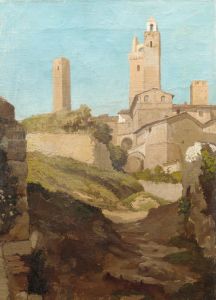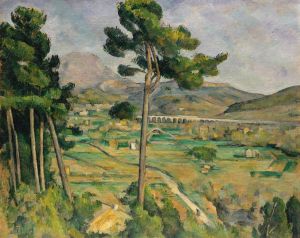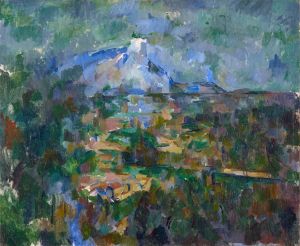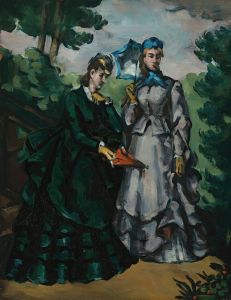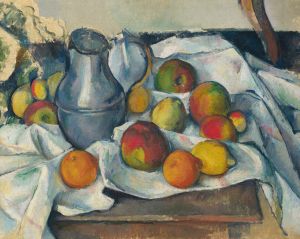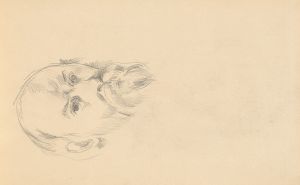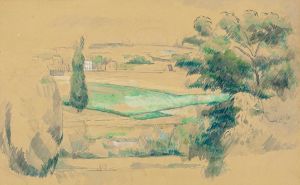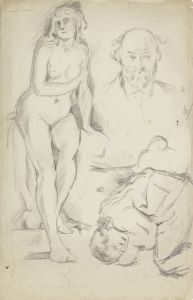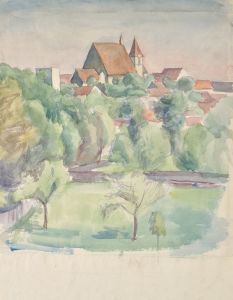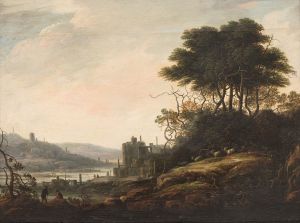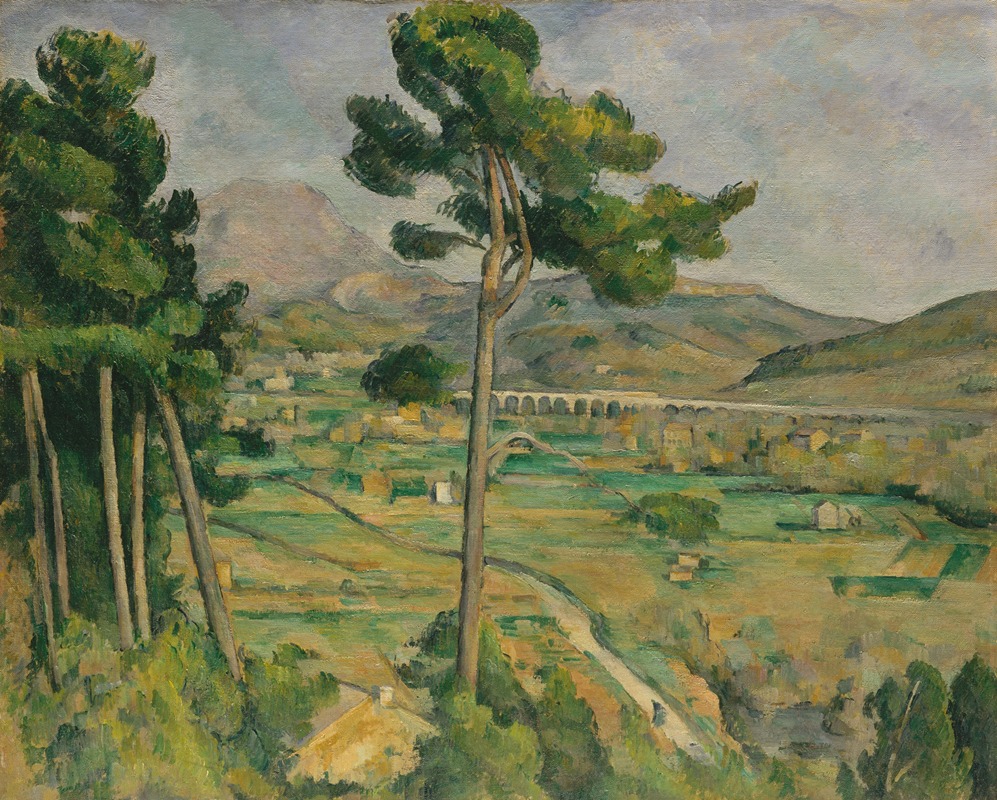
Mont Sainte-Victoire and the Viaduct of the Arc River Valley
A hand-painted replica of Paul Cézanne’s masterpiece Mont Sainte-Victoire and the Viaduct of the Arc River Valley, meticulously crafted by professional artists to capture the true essence of the original. Each piece is created with museum-quality canvas and rare mineral pigments, carefully painted by experienced artists with delicate brushstrokes and rich, layered colors to perfectly recreate the texture of the original artwork. Unlike machine-printed reproductions, this hand-painted version brings the painting to life, infused with the artist’s emotions and skill in every stroke. Whether for personal collection or home decoration, it instantly elevates the artistic atmosphere of any space.
Paul Cézanne's Mont Sainte-Victoire and the Viaduct of the Arc River Valley is an oil painting created around 1882–1885. This work is part of Cézanne's extensive series of paintings depicting Mont Sainte-Victoire, a mountain in southern France near his hometown of Aix-en-Provence. The painting exemplifies Cézanne's innovative approach to landscape art, which played a pivotal role in the transition from 19th-century Impressionism to 20th-century modernism.
The composition features Mont Sainte-Victoire as the central subject, framed by the surrounding countryside and the viaduct of the Arc River Valley, a railway bridge that was part of the infrastructure connecting Aix-en-Provence to other regions. The viaduct, a symbol of industrial progress, contrasts with the timeless natural landscape, reflecting Cézanne's interest in integrating human-made structures into his depictions of nature. The painting captures the interplay of light, color, and form, with Cézanne employing his characteristic technique of building up the scene through small, deliberate brushstrokes.
Cézanne's treatment of the landscape is notable for its structural quality. Rather than focusing on fleeting atmospheric effects, as the Impressionists often did, Cézanne sought to convey the underlying geometry and solidity of the scene. This approach is evident in the way he simplifies forms into planes and uses color to define spatial relationships. The painting's palette includes earthy greens, blues, and ochres, which harmonize to evoke the Provençal environment.
This work is significant within Cézanne's oeuvre as it marks a period when he was refining his artistic vision and moving away from the Impressionist style that had influenced his earlier work. His focus on Mont Sainte-Victoire, a recurring motif in his art, reflects his deep connection to the region and his desire to explore the mountain's form and presence from various perspectives.
Today, Mont Sainte-Victoire and the Viaduct of the Arc River Valley is housed in the Courtauld Gallery in London. It is regarded as an important example of Cézanne's contribution to the development of modern art, particularly his role in laying the groundwork for Cubism and other avant-garde movements. The painting continues to be celebrated for its innovative approach to composition and its enduring influence on the trajectory of Western art.





